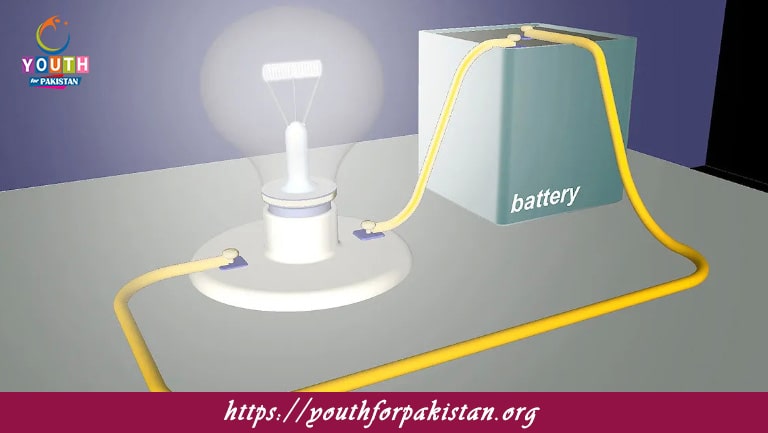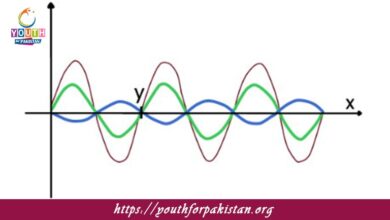Electrical Resistance MDCAT Quiz: this is one of the key concepts in the study of electricity, defined as the opposition offered by a material to the flow of electric current. The concept of resistance is important to MDCAT students as it is a base for the analysis of circuits; it is also related to Ohm’s Law and power dissipation in electrical systems.
Master Resistance Concepts with an MDCAT Quiz
An MDCAT Quiz on Electrical Resistance—excellent opportunity to strengthen your understanding. These quizzes will test students with questions on calculating resistance in series and parallel circuits, the temperature dependence of resistance, and solving real-world problems involving resistors. Regular practice ensures a deeper grasp of this essential topic, following the patterns of the MDCAT exam.
- Test Name: Electrical Resistance MDCAT Quiz
- Type: Quiz Test
- Total Questions: 30
- Total Marks: 30
- Time: 30 minutes
Note: Answer of the questions will change randomly each time you start the test, once you are finished, click the View Results button.
0Get Your Username and Password for MDCAT Tests
Sign Up Now
Free Flashcards to Study Effectively
Reinforce your learning with Free Flashcards on Electrical Resistance. Understanding Electrical Resistance is critical to doing well on the circuit-related questions in the physics section of the MDCAT. Use our focused quizzes and flashcards to gain a solid footing and lift your preparation for this exam!

The unit of electrical resistance is:

The formula for resistance in terms of resistivity is:

The resistance of a wire is directly proportional to:

The resistance of a wire is inversely proportional to:

The resistance of a conductor depends on:
Material, length, and cross-sectional area

The resistivity of a material is:
A constant for a given material

The resistance of a conductor increases when:
The temperature increases

The total resistance in a series circuit is:
The sum of individual resistances

The total resistance in a parallel circuit is:
Less than the smallest individual resistance

The resistance of a conductor is measured in:

The relationship between current and resistance in a conductor is:

If the temperature of a resistor is increased, its resistance generally:

In a resistive circuit, the current is inversely proportional to:

The formula for calculating resistance in terms of voltage and current is:

The resistance of a wire is dependent on:
The material, length, and area

The power dissipated by a resistor is proportional to:
Current squared and resistance

The electrical resistance of a material can be calculated using:

The resistance of a conductor increases as:

In a series circuit, if one resistor is removed, the total resistance:

In a parallel circuit, adding more resistors results in:
Decreasing total resistance

In Ohm’s law, resistance is calculated as:

The resistivity of a material is dependent on:
The material and temperature

Resistance is an opposition to:

The resistance of a conductor can be decreased by:
Increasing its cross-sectional area

The total resistance in a parallel circuit is always:
Less than the smallest individual resistance

The relationship between resistance and temperature for most materials is:

In a conductor, if the length is doubled, the resistance:

The formula for power dissipated in a resistor is:

In a series circuit, if the total resistance is increased, the current:

The resistivity of a material depends on:
Temperature and the material's properties
Experience the real exam environment with our expertly designed collection of over 25,000 MCQs MDCAT Mock Tests.
View Your Dashboard







